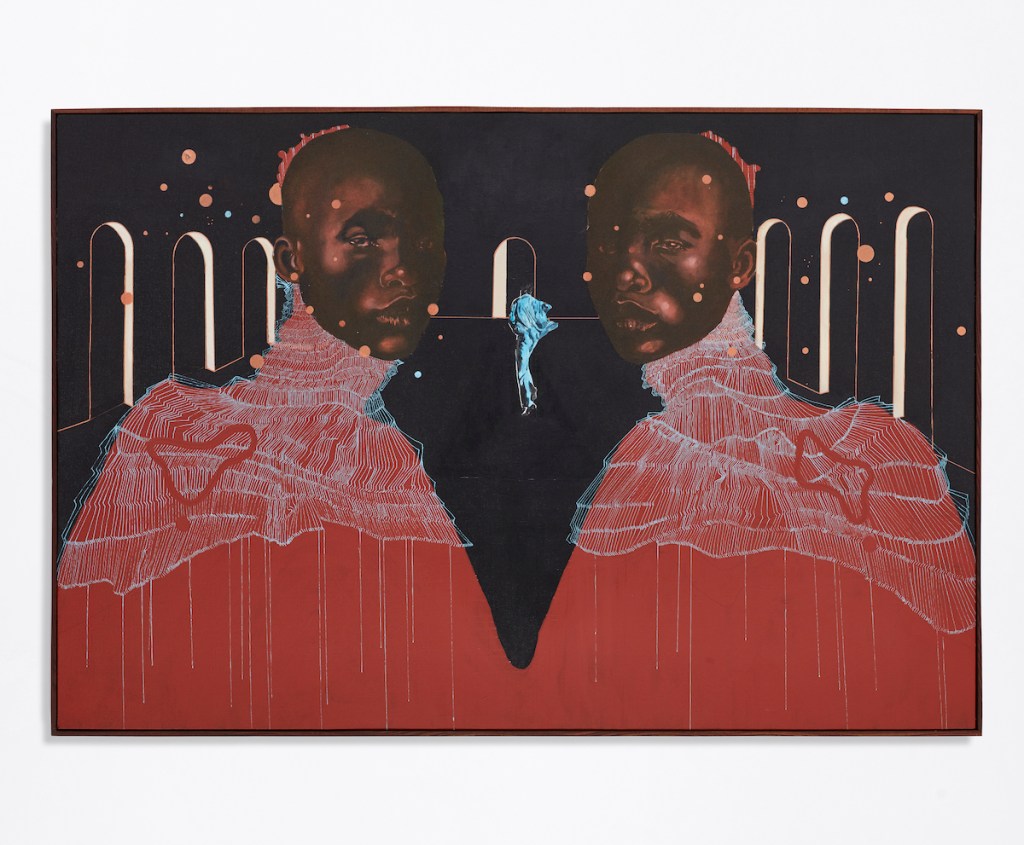Pace Keeps Calder’s Legacy Alive with a Special Presentation at Art Basel
Marc Glimcher and Alexander S. C. Rower met when they were 19. They were introduced by the former’s father, Arne Glimcher, who had just began working with the estate of Rower’s grandfather, Alexander Calder. “I liked him, but I think he didn’t like me,” Glimcher said of Rower, the day before he set off for this year’s Art Basel in Switzerland. “He thought I was a Harvard snob, and he was off trying to decide if he should be a poet or work with the estate.”
In time, though, the two became fast friends, beginning a partnership that has lasted over 30 years. Glimcher is now CEO of Pace Gallery and Calder is president of the Calder Foundation, which he helped establish in 1987. Dozens of exhibitions, events, and sales have been organized in that time, with the latest now taking place at Art Basel: a special room in Pace’s booth that opens to VIPs on Tuesday, along with the rest of the Swiss fair.
Compared to everything else Glimcher and Calder have done over the years, a booth at an art fair might not seem so exciting. But Glimcher said keeping Calder’s legacy alive means telling stories, and the market is a part of the narrative.
Pace’s booth at the fair will include works by 20th-century artists like Joan Mitchell, Jean Dubuffet, and Agnes Martin alongside works by contemporary artists like Lee Ufan, Jeff Koons, and Latifa Echakhch. Calder’s works, however, will be viewed in their own room within the booth. This is partially due to their scale.
“We have this beautiful group of very small, very rare Calder’s, so they do need a special context because that kind of crazy big wide open space of the booth is just not conducive to experiencing Calder,” said Glimcher. He believes that Calder pioneered experiential, immersive work whose legacy stretches as far as the immersive installations of teamLab.
“Calder’s redefined art in the ’20s and ’30s,” said Glimcher. “Not as something on a pedestal or hanging on the wall. Something that is part of the space we inhabit.”
Just as Calder redefined art, Rower redefined the legacy foundation, according to Glimcher.
“Before, an estate was left up to the art dealer’s discretion,” Glimcher said. “There was not tons of planning and thinking about the future of the artist’s market. Scholarship was left to the museums.”
In the early ’90s, the Calder Foundation claimed a lot of authority over what was and wasn’t a Calder, and gave shape to the phases in Calder’s oeuvre. In the decade before, according to Glimcher, one could walk down Madison Avenue and see Calder sculptures lit up in the windows of galleries, all priced at around $85,000, regardless of what year they were made. Their colors may determine slight increases or decreases in value.
Now, Calder’s works now represent a much wider range of prices, and to Glimcher, this is a very positive thing.
“It’s important that important work be recognized for what it is. The job of the secondary market, of the gallery, of the foundation, to let people know what is a masterpiece, this is good, this isn’t so good,” said Glimcher, and with that knowledge of quality comes that range in prices. “When this isn’t understood by collectors, when people can’t distinguish this period from that period, this group of work and that group of work, the artist’s market is always weak.”
Of course, Glimcher added, scholars and institutions are important to building an understanding of Calder’s works and phases. But he said there were few estates that had dived so deeply into research and education as the Calder Foundation did.
The Calder Foundation has consistently attempted to break the mold of what it means to keep an artist’s legacy alive, whether it means forging authority or getting into NFTs. Last year, the foundation teamed up with TRLabs to create “The Calder Question,” a Web3 platform that encouraged NFT collectors to learn about Calder’s imprint on art history in order to gain access to Calder-themed NFTs. (When individuals or institutions associated with estates like those of Picasso or Hilma af Klimt, this kind of gamified attempt at education was lacking. Sometimes, family members even criticized these efforts.)
“Telling the story is easy, in a way, because Calder is so relevant, though obviously one has to devote themselves to making the time and space for that storytelling,” said Glimcher. “But one also has to be very active in the secondary market to keep that story on track. You have to keep telling the story.”



